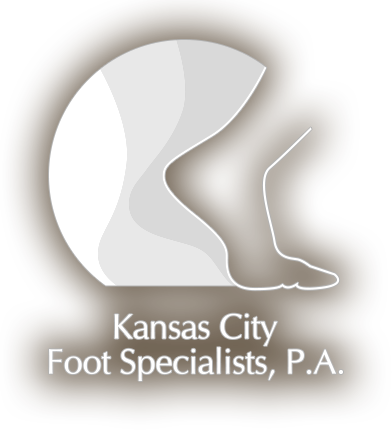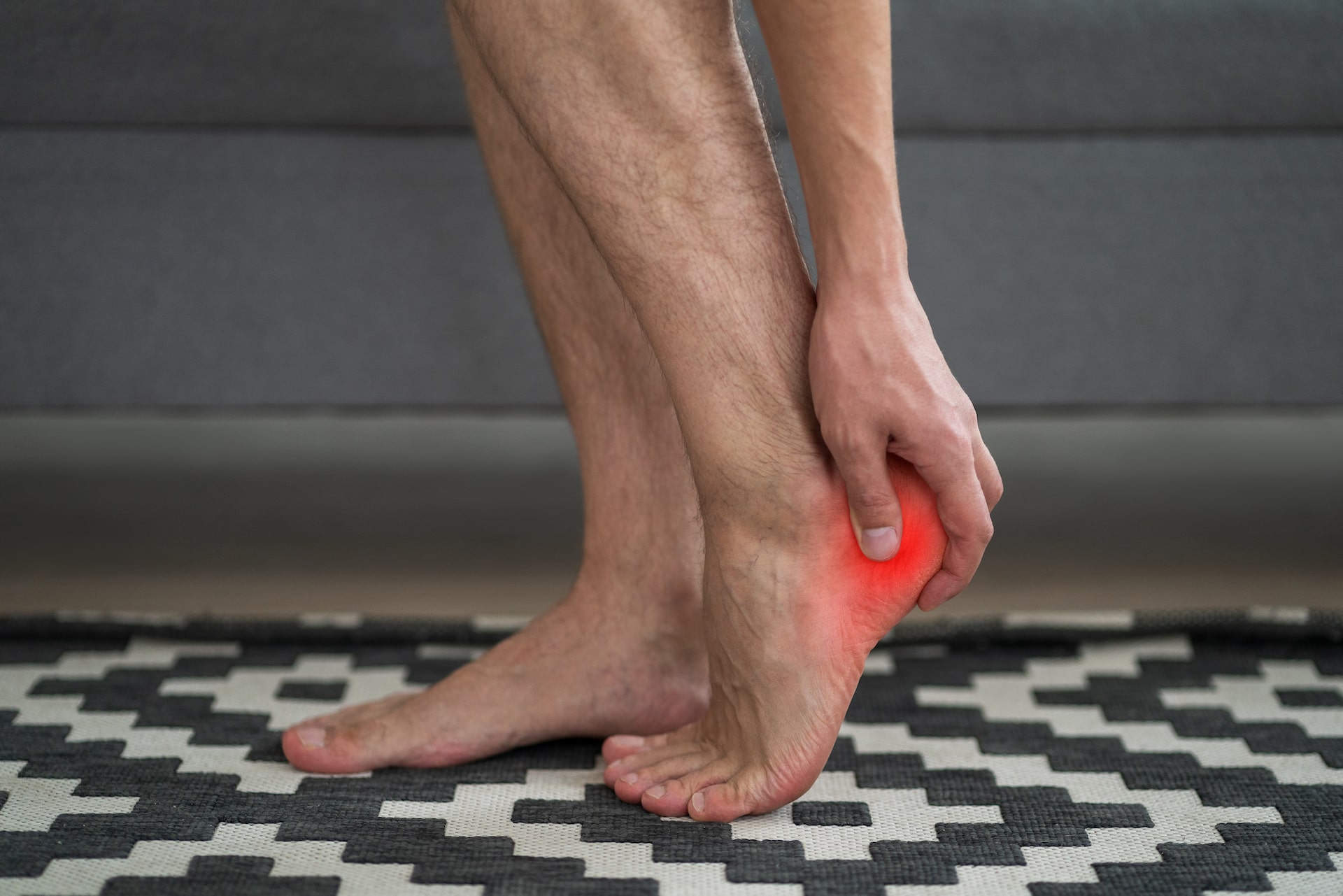Pronation
A certain degree of pronation is not only normal but healthy. In normal pronation, the arch of the foot flattens to a degree during the step then goes back to its natural shape between steps. This motion allows the foot to remain stable and to reduce shock to the legs and lower back during walking or running. It also allows the foot to adapt to different surfaces, including uneven surfaces.
Problems occur, however, when there is too much pronation, when the feet flatten excessively, causing too much of an inward motion. Those with flat or low arches are more susceptible to over-pronation and related injuries. This type of foot also tends to be excessively flexible leading to instability. People who over-pronate should look for shoes offering extra support with less flexibility.
Supination
There are far fewer supinators than pronators. Supinators tend to have much higher arches and roll the foot outwards with each step. This type of foot is far less flexible and thus don’t absorb shock well. Supinators are more likely to suffer lateral ankle sprains, stress fractures, and pain along the outer side of the shin and knee. When supinators suffer from a lateral ankle sprain, they tend to find themselves in a cycle of several of these types of sprains over time. Lateral ankle sprains result from an inward motion which is the opposite of the supinators normal foot motion.
Many supinators have feet with a more curved shape than pronators. As a result, shoes with a slightly curved shape may be more comfortable and may provide greater stability for supinators. The ideal shoes for this foot type will also have more cushioning in order to provide shock absorption. The trick is to also find shoes with some flexibility since this foot type tends to be rigid.
Which one am I?
If you aren’t sure if you are a pronator or supinator the podiatrists at Kansas City Foot Specialists will be able to determine your foot type through a physical examination of your feet. By having your feet examined by a podiatrist before you suffer an injury, you will be able to put in place preventative measures to reduce your risk for injury. Your podiatrist will be able to offer suggestions on the best type of shoes for your feet, as well as offering suggestions for orthotics, stretches and exercises, and other things you can do to protect your feet. By addressing the needs of your feet, and correcting for over-pronation or over-supination, you will also be supporting your ankles, knees, hips, and lower back.
To make an appointment with your Kansas City Foot Specialists to address your pronation or supination concerns or any other foot or ankle issues, call us today at 913-338-4440 to schedule a consultation. We look forward to hearing from you!



